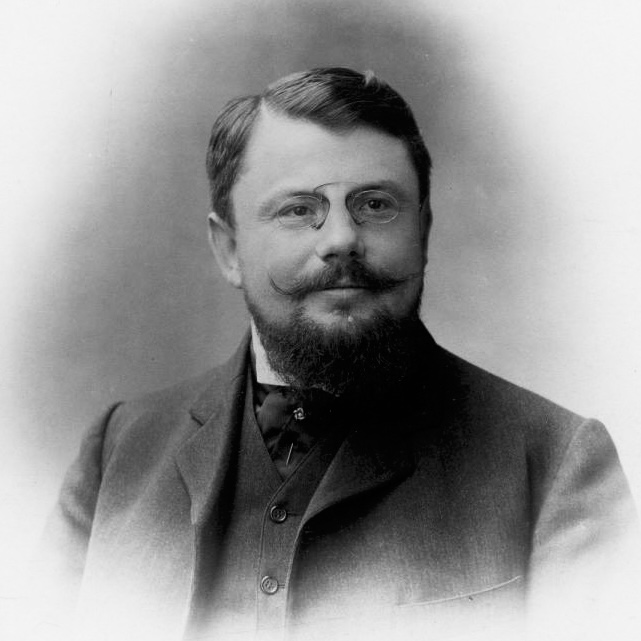
Portrait of Victor Tardieu (France, 1870-1937)
When Victor Tardieu won the "Prix de L'Indochine" in 1921 which brought him to Hanoi, he was already a well-known and established painter in France. He was particularly recognised for his talent in creating huge mural frescos such as the one's of the Mairie des Lilas and the Mairie de Montrouge, as well as for his portraiture. He welcomed his nomination with great excitement. He took it as a sense of liberation and a possibility of rejuvenation much in the same way as Gauguin felt leaving for South Pacific. Tardieu was supposed to stay for one year, to teach and promote French Culture. Yet this even gave his life a decisive turn which lead to the creation of the so important School of Fine Arts of Indochina. Shortly after his arrival, he received from the French Government an official command for a large fresco (160 square meters) to decorate the amphitheatre of Hanoi's University. This work is, of course, a perfect illustration of the colonialist ideal of the period. Yet what is immediately remarkable is the extreme care with which he executed the numerous portraits which made up to composition. To embark on this artistic task, Tardieu asked his best friend and future assistant, the young artist Nam Son, to find suitable models. He first executed several sketches for the overall composition, then part by part, he would paint each scene on canvas before transferring it onto the wall.










